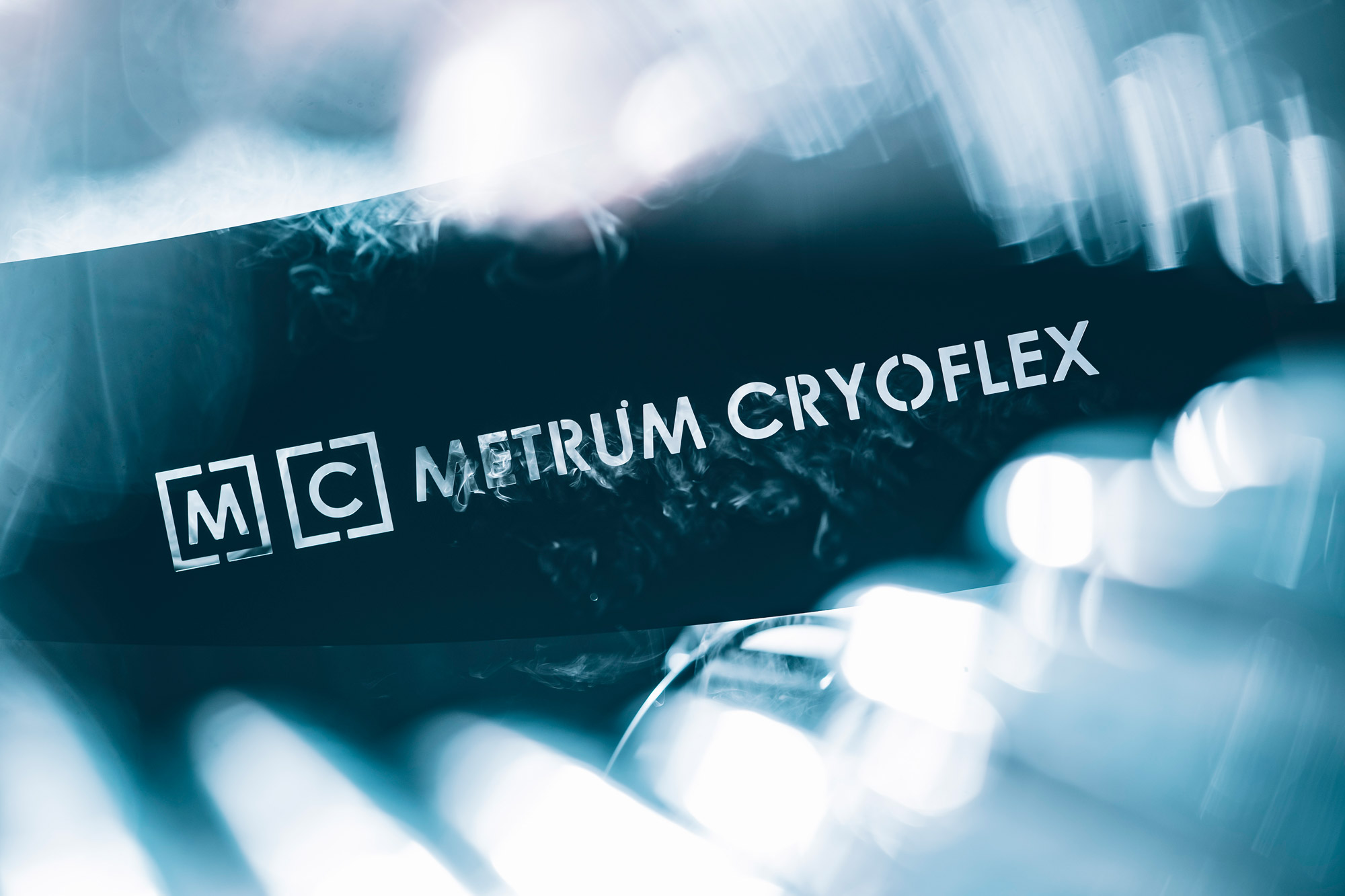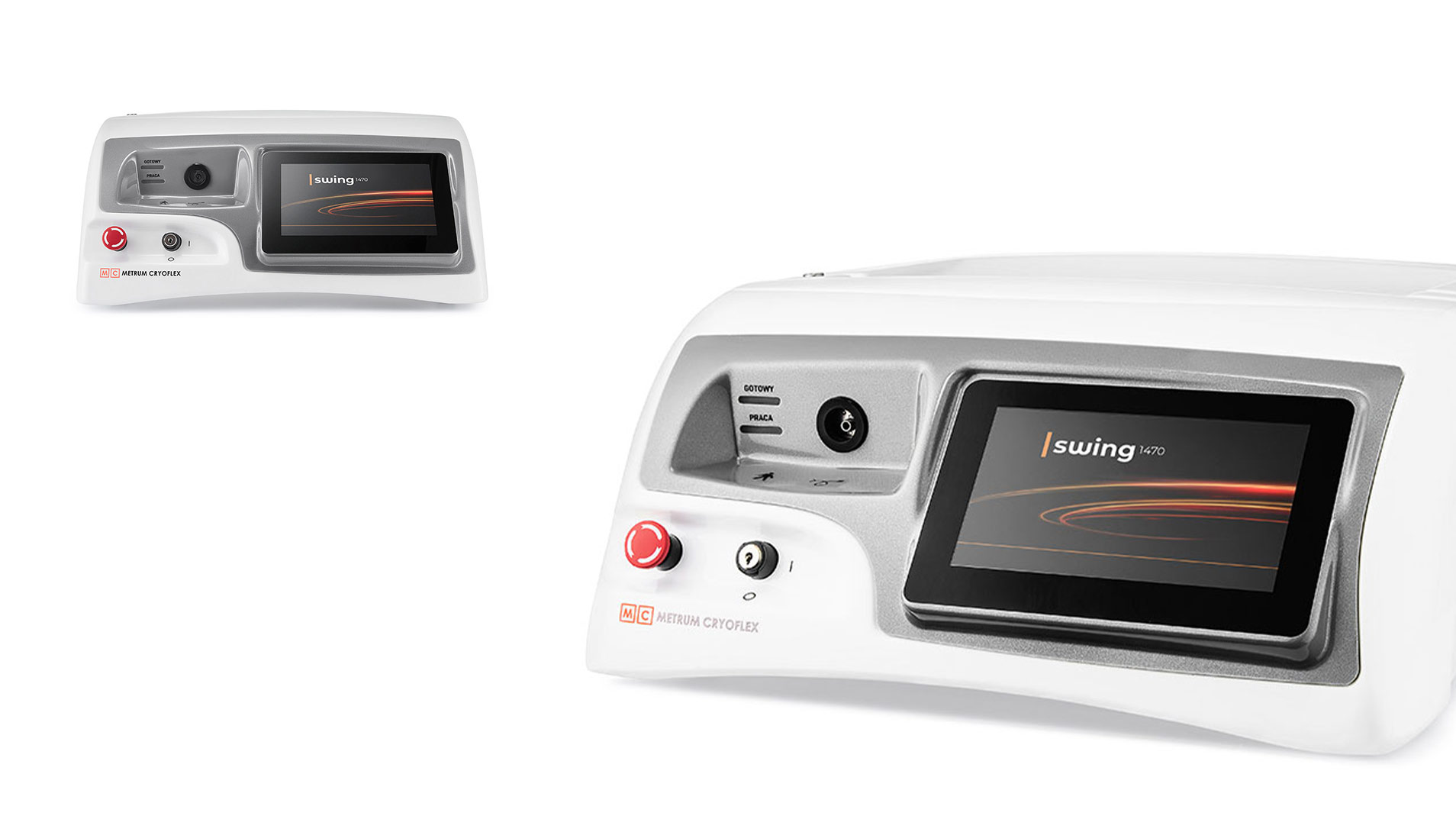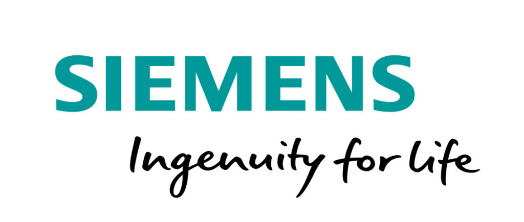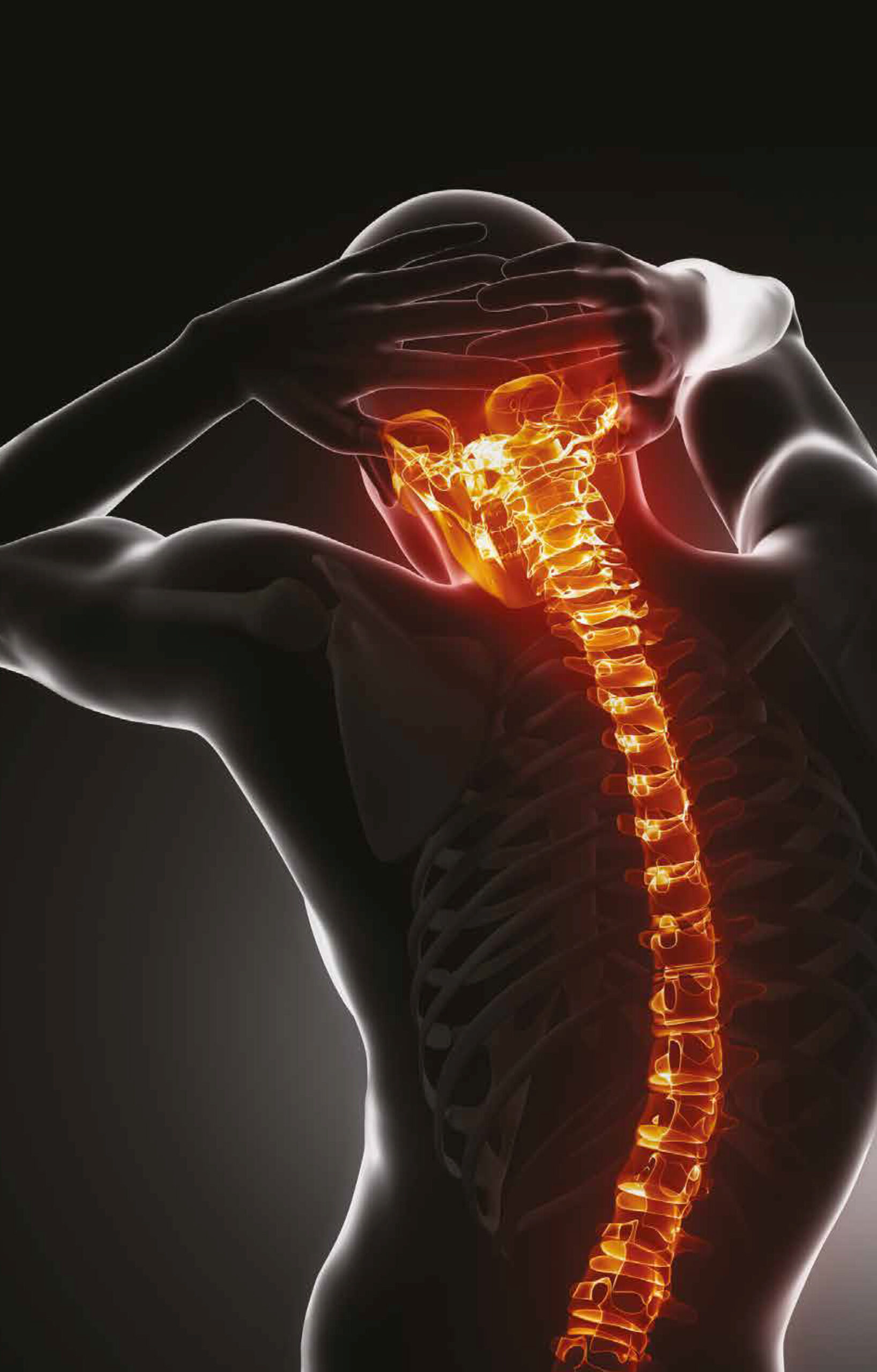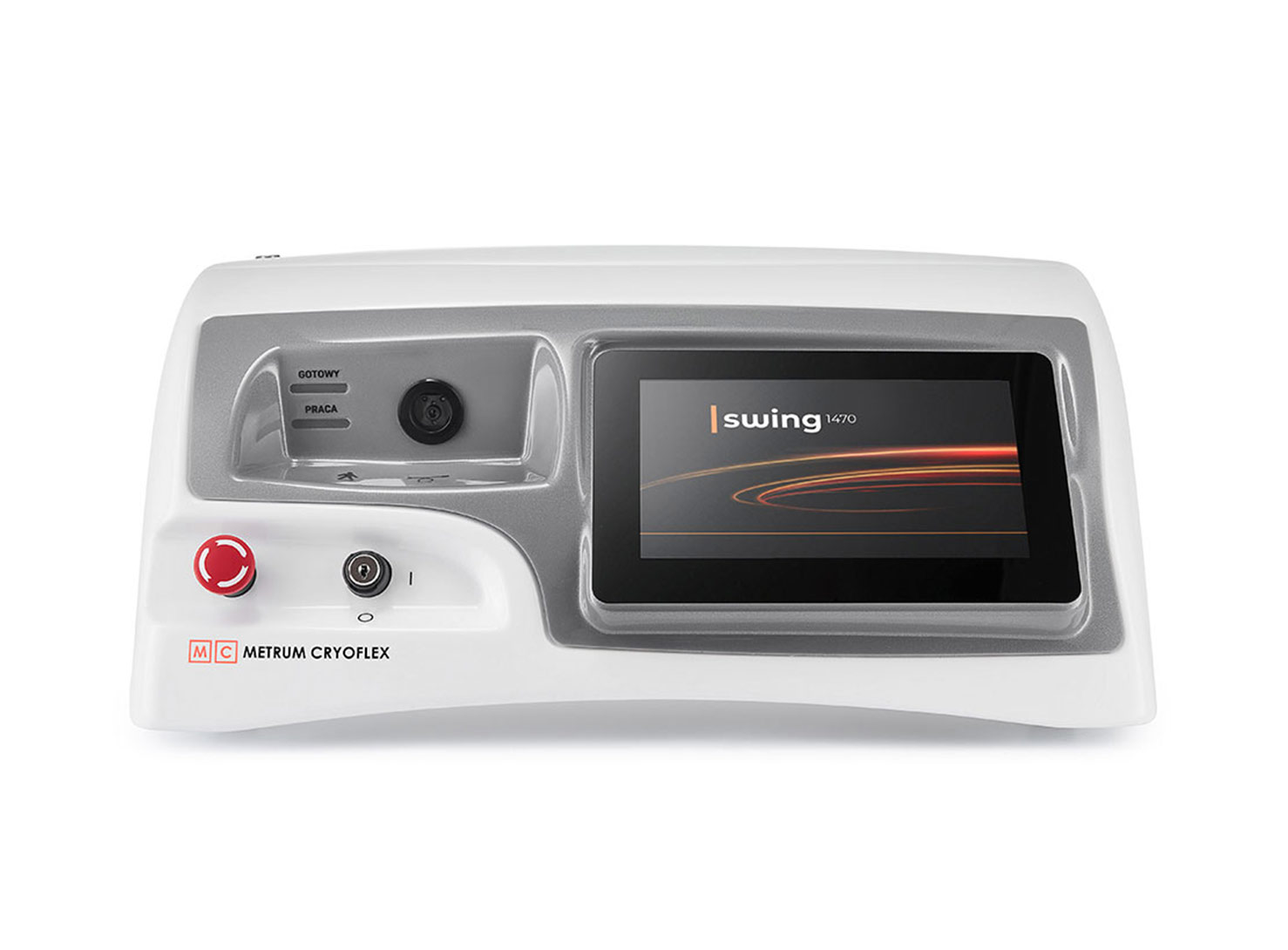SWING diode lasers are also often used in proctological surgery. Haemorrhoids are particularly unpleasant ailments for the patient, the treatment of which with traditional methods is long, burdensome, and often not very effective. The use of diode lasers significantly accelerates the treatment time and gives better and longer results.
The 1470nm wavelength has a high degree of absorption in tissue water with simultaneous effects on the blood. This bio-physical property makes the ablation zone shallow and controlled, resulting in no risk of damage to adjacent tissues.
The procedure is performed using a sagittal fiber, which is characterized by a significant reduction in the forward emission of radiation energy (as opposed to bare fibers). The energy delivered from the sagittal fiber tip guarantees homogeneous tissue ablation, without penetrating beyond the planned therapeutic area. The design of the optical fiber allows it to be inserted into the hemorrhoid pile without any injuries.
Other proctological procedures that can be effectively performed with the SWING laser are pilonidal cysts, rectal fistulas and anal fissures.


